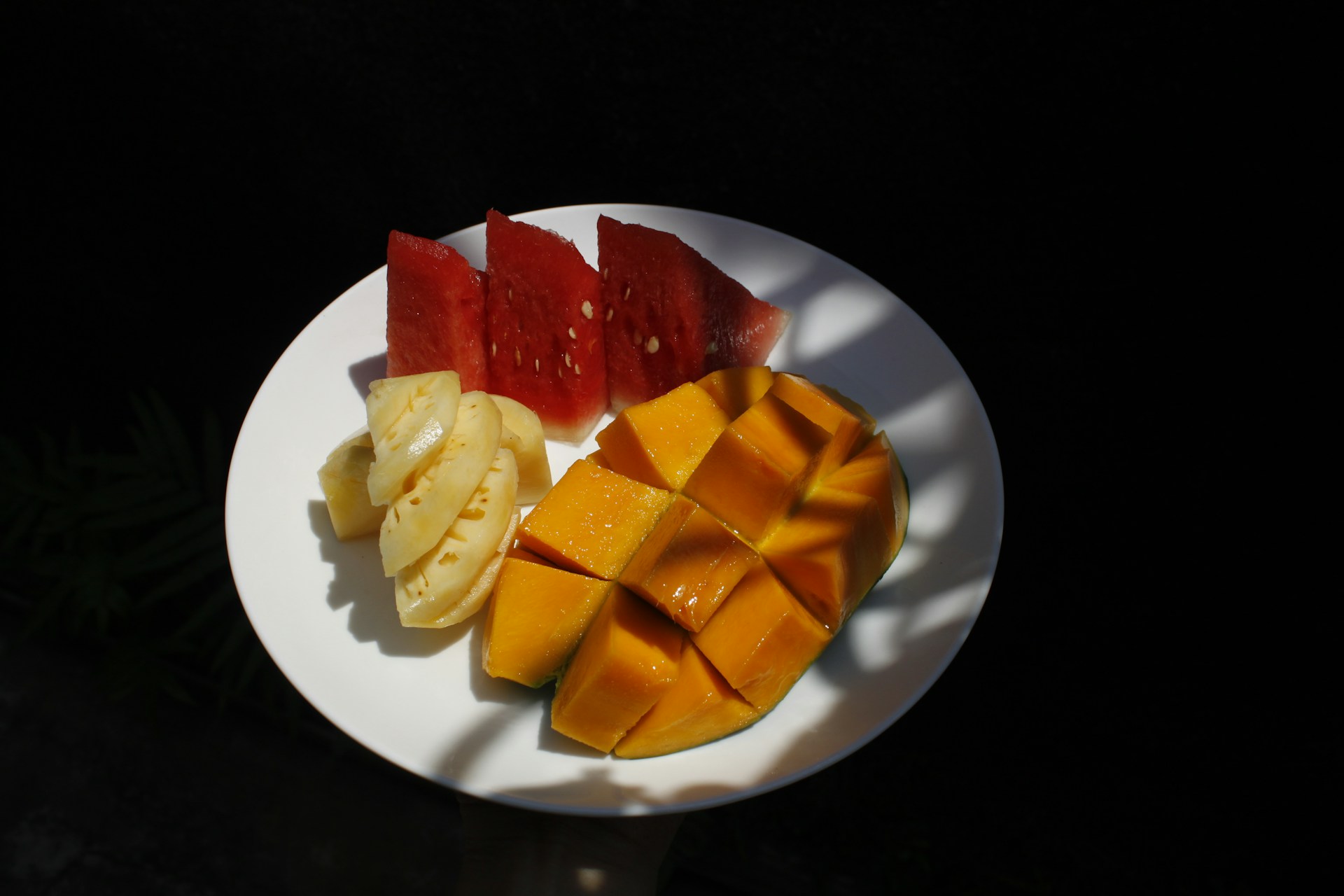Aktivitas, Konsumsi Makanan, Faktor Fisiologis, dan Riwayat Obesitas Keluarga Kaitannya dengan Obesitas pada Pegawai: Studi Kasus-Kontrol
Downloads
Latar Belakang : Obesitas adalah penyakit kronis akibat kelebihan lemak tubuh yang dapat menyebabkan penyakit degeneratif seperti kardiometabolik dan diabetes. Faktor risiko obesitas yaitu faktor aktivitas, konsumsi, fisiologis dan riwayat obesitas keluarga.
Tujuan : Untuk menganalisis besar risiko faktor aktivitas, konsumsi, fisiologis dan riwayat obesitas keluarga pada kejadian obesitas berdasarkan persen lemak tubuh pegawai Kampus I dan III Poltekkes Kemenkes Semarang.
Metode: Jenis penelitian ini adalah observasional menggunakan rancangan case control. Jumlah partisipan sebanyak 39 kasus dan 39 kontrol yang dipilih secara random sampling. Data yang dikumpulkan yaitu data status gizi berdasarkan persen lemak tubuh, data aktivitas, konsumsi, dan riwayat obesitas keluarga. Pengambilan data dilakukan menggunakan pengukuran antropometri, pengisian formulir aktivitas dan Semi Quantitative Food Frequecy Questionnare (SQ-FFQ), serta wawancara langsung. Uji yang digunakan adalah chi square dan multiple logistic regression dengan derajat kepercayaan 95%.
Hasil : Hasil analisis bivariat menunjukkan bahwa faktor risiko terjadinya obesitas yaitu jenis kelamin laki-laki (OR 11,23; 95% CI 3,89 – 32,39), usia ≥ 40 tahun (OR 3,571; 95% CI 1,404 – 9,083), konsumsi lemak ≥ 67 g (OR 3,571; 95% CI 1,616 – 18,508), konsumsi gula >50 g (OR 5,255; 95% CI 1,694 – 16,302), dan aktivitas sedentari ≥ 10 jam (OR 28,868 ; CI 95% 0,621– 0,249). Hasil uji multiple logistic regression menunjukan bahwa faktor risiko terjadinya obesitas yaitu jenis kelamin laki-laki (OR 19,05; 95% CI 4,87 – 74,41), usia ≥ 40 tahun (OR 7,47; 95% CI 1,89 - 29,50), dan aktivitas sedentari ≥ 10 jam (OR 28,868 ; CI 95%; 1,942- 429,19).
Kesimpulan : Faktor risiko yang paling dominan terhadap obesitas adalah jenis kelamin laki-laki, usia ≥ 40 tahun, dan aktivitas sedentari ≥ 10 jam. Oleh karena itu, para pegawai khusus nya laki-laki dan kelompok usia ≥ 40 tahun dianjurkan untuk melakukan peregangan fisik secara berkala beberapa saat setelah bekerja dan mengurangi aktivitas sedentari saat di rumah dengan melakukan aktivitas yang banyak bergerak.
WHO. Obesity and Overweight. https://www.who.int/news-room/fact-sheets/detail/obesity-and-overweight (2018).
Achadi, E., Ayu Dewi Sartika, R. & Nurzakiah. Faktor Risiko Obesitas pada Orang Dewasa Urban dan Rural Obesity Risk Factors in Urban and Rural Adults. J. Kesehat. Masy. Nas. 5, No.1, 29–34 (2010).
WHO. Obesity and Overweight. (2012).
Carl J. Lavie, MD; Alban De Schutter, MD; Dharmendrakumar Patel, MD; Surya M. Artham, MD; and Richard V. Milani, M. Body Composition and Coronary Heart Disease Mortality” An Obesity or a Lean Paradox? 857–864 (2011) doi:10.4065/mcp.2011.0092.
Cascetta, P., Cavaliere, A., Piro, G. & Torroni, L. Pancreatic Cancer and Obesity : Molecular Mechanisms of Cell Transformation and Chemoresistance. doi:10.3390/ijms19113331.
Visser, A. W. et al. Adiposity and hand osteoarthritis : the Netherlands Epidemiology of Obesity study. 1–7 (2014).
Du, H. et al. Physical activity and sedentary leisure time and their associations with BMI, waist circumference, and percentage body fat in 0.5 million adults: The China Kadoorie Biobank study1-3. Am. J. Clin. Nutr. 97, 487–496 (2013).
Ryan, M. C. & Patterson, J. On loneliness and the elderly. J. Gerontol. Nurs. 13, 22–27 (1987).
Brown, LM and Clegg, D. Central Effects of Estradiol in the Regulation of Adiposity. J Steroid Biochem Mol Biol. 2010 122, 65–73 (2011).
Iwuala, S. O., Ayankogbe, O. O., Olatona, F. A. & Olamoyegun, M. A. Obesity among health service providers in Nigeria: danger to long term health worker retention? 8688, 1–8 (2015).
Stovitz, S. D., Demerath, E. W., Hannan, P. J., Lytle, L. A. & Himes, J. H. Growing into Obesity : Patterns of Height Growth in Those Who Become Normal Weight , Overweight , or Obese as Young Adults. 641, 635–641 (2011).
Kim, J. Y., Han, S. & Yang, B. Implication of High-Body-Fat Percentage on Cardiometabolic Risk in Middle-Aged , Healthy , Normal-Weight Adults. 21, 1571–1577 (2013).
Wahlqvist, M. et al. Food & nutrition : Food and health systems in Australia and New Zealand (3rd ed.). (2011).
Sichieri, R., Barbosa, S. & Moura, E. C. Relationship between short stature and obesity in Brazil : a multilevel analysis. 1534–1538 (2010) doi:10.1017/S0007114509993448.
Andres, A. et al. Longitudinal Body Composition of Children Born to Mothers with Normal Weight , Overweight , and Obesity. 23, 1252–1258 (2015).
Whitaker, K. L., Jarvis, M. J., Beeken, R. J., Boniface, D. & Wardle, J. Comparing maternal and paternal intergenerational transmission of obesity risk in a large population-based sample 1 – 4. 1560–1567 (2010) doi:10.3945/ajcn.2009.28838.1560.
Sudikno, S., Syarief, H., Dwiriani, C. M. & Riyadi, H. Faktor Risiko Obesitas Sentral Pada Orang Dewasa Umur 25-65 Tahun Di Indonesia (Analisis Data Riset Kesehatan Dasar 2013). Penelit. Gizi dan Makanan (The J. Nutr. Food Res. 38, (2016).
Chau, J. Y., Ploeg, H. P. Van Der, Merom, D., Chey, T. & Bauman, A. E. Cross-sectional associations between occupational and leisure-time sitting , physical activity and obesity in working adults. Prev. Med. (Baltim). 54, 195–200 (2012).
Gallagher, D. et al. Healthy percentage body fat ranges: An approach for developing guidelines based on body mass index. Am. J. Clin. Nutr. 72, 694–701 (2000).
Sakamoto & Y. Comparison of the WHO BMI-classification and body composition in ethnic group difference. 24th Japan Soc. Study Obes. (2003).
Miyama T. New percentage body fat ranges for children. (2004).
Permenkes. Pedoman Gizi Seimbang. (2014).
Triwinarto, A., Muljati, S. & Abas Basuni Jahari. No Title. 35, 119–135 (2012).
Apriaty & L.N. Faktor Risiko Obesitas Ibu Rumah Tangga di Kelurahan Bendungan Kecamatan Gajah Mungkur Kota Semarang. 4, 1–24 (2015).
Pedisic, Z. et al. High Sitting Time or Obesity : Which Came First ? Bidirectional Association in a Longitudinal Study of 31 , 787 Australian Adults. Obesityjournal 22, 2126–2130 (2014).
Dewi, A. C. N. & Mahmudiono, T. Hubungan Pola Makan, Aktivitas fisik, Sikap, dan Pengetahuan tentang Obesitas dengan Status Gizi Pegawai Negeri Sipil di Kantor Dinas Kesehatan PProvinsi Jawa Timur. J Media Gizi Indones 9, 42–48 (2013).
Kemenkes RI. Buku Panduan GERMAS (Gerakan Masyarakat Hidup Sehat). War. Kesmas 1, 27 (2017).
Youn, S., Dong, H., Ae, Y. & Shin, A. Association between dietary carbohydrate , glycemic index , glycemic load , and the prevalence of obesity in Korean men and women. Nutr. Res. 32, 153–159 (2012).
Sayon-orea, C., Bes-rastrollo, M. & Basterra-gortari, F. J. Consumption of fried foods and weight gain in a Mediterranean cohort : The SUN project. Nutr. Metab. Cardiovasc. Dis. 23, 144–150 (2013).
Vo, K. & Byles, J. Fruit and Vegetable Intake and Body Mass Index in a Large Sample of Middle-Aged Australian Men and Women. 09, 2305–2319 (2014).
Kementerian Kesehatan RI. Pedoman gizi seimbang. (2014).
Wang, H., Steffen, L. M., Zhou, X., Harnack, L. & Luepker, R. V. Consistency Between Increasing Trends in Added-Sugar Intake and Body Mass Index Among Adults : The Minnesota Heart Survey , 1980 – 1982 to 2007 – 2009. 103, 1980–1982 (2013).
Mayulu, N. Hubungan antara Aktifivitas Fisik dengan Obesitas pada Wanita Usia Subur Peserta JAMKESMAS di Puskesmas Wawonasa Kecamatan Singkil Manado. 1, 1040–1046 (2013).
Bullock, V. E., Griffiths, P., Sherar1, L. B. & Clemes, S. A. Sitting time and obesity in a sample of adults from Europe and the USA Accepted for publication. 0–31 (2016).
Kim, C., Park, H. S., Park, M., Kim, H. & Kim, C. Optimal cutoffs of percentage body fat for predicting obesity-related cardiovascular disease risk factors in Korean adults 1 – 3. 34–39 (2011) doi:10.3945/ajcn.110.001867.1.
Nelson, C. C. et al. Physical Activity and Body Mass Index. Am. J. Prev. Med. 46, S42–S51 (2014).
Copyright (c) 2022 Amerta Nutrition

This work is licensed under a Creative Commons Attribution-ShareAlike 4.0 International License.
AMERTA NUTR by Unair is licensed under a Creative Commons Attribution-ShareAlike 4.0 International License.
1. The journal allows the author to hold the copyright of the article without restrictions.
2. The journal allows the author(s) to retain publishing rights without restrictions
3. The legal formal aspect of journal publication accessibility refers to Creative Commons Attribution Share-Alike (CC BY-SA).
4. The Creative Commons Attribution Share-Alike (CC BY-SA) license allows re-distribution and re-use of a licensed work on the conditions that the creator is appropriately credited and that any derivative work is made available under "the same, similar or a compatible license”. Other than the conditions mentioned above, the editorial board is not responsible for copyright violation.












































